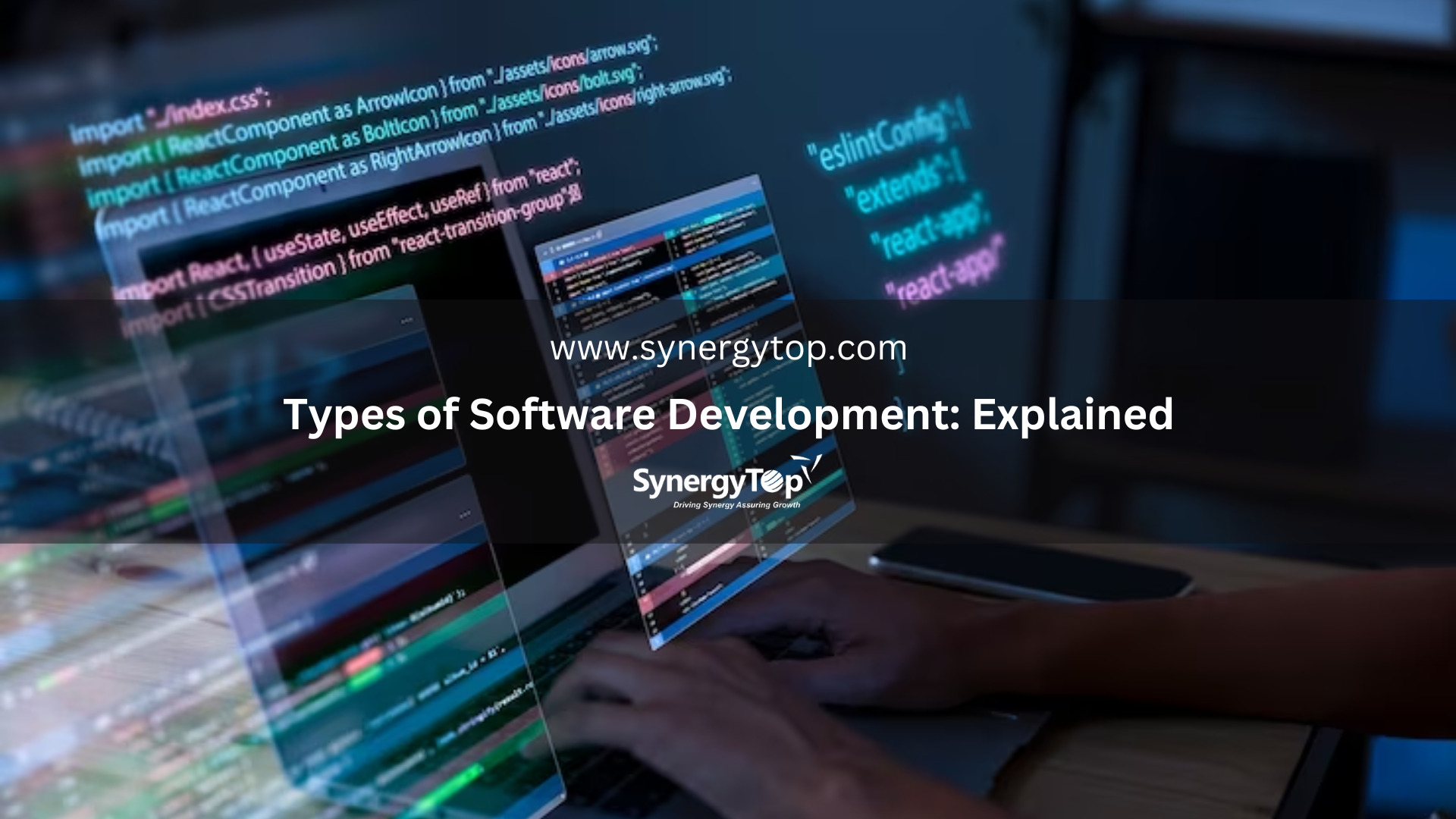By the end of 2024, there will be 28.7 million software development professionals in the world. This clearly shows how much growth this field is expected to see soon. What is also important to understand is that software development is a very broad umbrella term.
There are a lot of different types of software development, where the goals and outcomes of the process vary.
In this blog, we will explore:
- What is software development?
- The software development process
- Types of software development
- Getting started with software development
- FAQs about software development
Let us dive into the world of software development.
What Is Software Development?
Before we discuss the different types of software development, let us understand what is software development.
Software development is defined as the process of creating, designing, developing, deploying and also maintaining software applications using systematic programming techniques.
The software creation process involves a series of steps that span from gathering initial requirements, designing, coding, testing, deploying and later on maintaining the software.
In some ways, it is a lot like building a house.
- You start by creating a layout or plan.
- Then you gather the materials (tech stack) and construct the structure (write code).
- A lot of architecture and interior design (UI/UX design) is also involved.
- Once the house is built, you test it to make sure it’s safe and functional (testing).
- Then periodically, you check and fix any issues that arise (maintenance).
The end goal of the entire software development process is to ensure that the software offers the desired functionality, performance, and user experience.
Software developers use different programming languages, frameworks, and tools to write code that instructs computers to perform specific tasks.
But how does an idea turn from a plan on paper to software? How does software development work?
Let us understand that by taking a look at the software development process.
The Software Development Process
The software development process, also called the Software Development Lifecycle (SDLC) process is a systematic way of developing specific software applications to meet user needs and requirements.
The process is broken down into 6 steps, explained below:
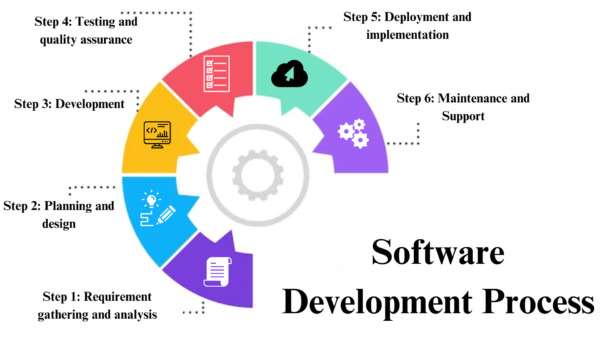
Step 1: Requirement gathering and analysis
-
- It includes identifying user needs, defining system functionalities, and documenting the software requirements.
- How to gather software requirements:
- Conduct interviews, surveys, and workshops with stakeholders.
- Analyze existing documentation and gather user stories.
- Business analysts, project managers, and end-users are the key stakeholders involved in this process.
Step 2: Planning and design
-
- This phase focuses on planning the development process and designing the architecture of the software. It involves creating project plans, defining timelines, and designing the software architecture.
- How to do software planning and designing:
- Develop a project plan outlining tasks, schedules, and resources.
- Design the software architecture, including system components and interfaces.
- Other than project managers, software architects, developers, and certain business stakeholders are involved in this step.
Step 3: Development
-
- This phase involves the actual coding and development of the software based on the design specifications. Plus, it involves integrating the system with various third-party tools, plugins, systems, or APIs.
- How is software development carried out:
- Developers write code using programming languages and frameworks.
- They follow coding standards and version control practices.
- Software developers and software engineers are the key stakeholders in this process.
Step 4: Testing and quality assurance
-
- Software testing is often considered an ongoing phase that ensures the software meets quality standards and functions as intended. It includes various types of testing such as unit testing, integration testing, and user acceptance testing (UAT).
- How to carry out software testing:
- Develop test cases based on requirements.
- Execute tests, identify defects, and report issues.
- QA testers, testing analysts, developers, and project managers are the main stakeholders in this phase.
Step 5: Deployment and implementation
-
- The step involves deploying the software and making it accessible to users. It includes deploying the software and making it available to end users.
- How to deploy a software:
- Deploy the software to production environments.
- Provide training and support to end-users.
- Stakeholders involved in the process include system administrators, IT support staff, end-users, and project managers.
Step 6: Maintenance and Support
-
- This involves ongoing maintenance and support along with enhancements to the software. This ensures that the software remains functional and efficient and
- How to do software maintenance and support:
- Monitor software performance and address user feedback.
- Balance maintenance tasks and feature enhancements.
- Stakeholders like developers, support teams, system administrators, and end-users are involved in this phase.
Now that you have understood the software development process, let’s take a look at the different types of software engineering.
Types Of Software Development
1. Front-end Development
When you visit a website, what do you see? Its layout, colors, fonts, and interactive features like dropdown menus or forms, right? All of that is crafted by front-end developers and is a part of front-end development.
Front-end development is about creating the visible parts of websites or applications that users interact with directly.
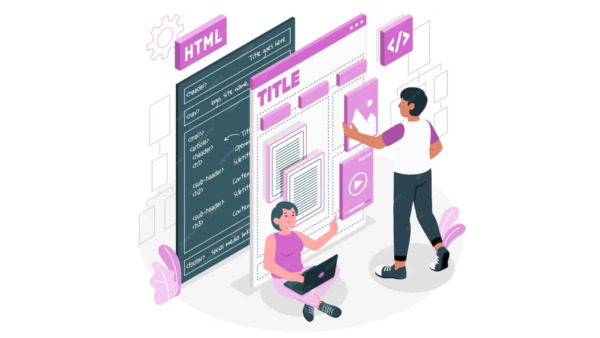
It involves designing and coding elements that ensure a smooth and visually appealing user experience. Good front-end development makes it easy for people to navigate and interact with the website or application.
Front-end developers use languages like HTML, CSS, and JavaScript to build these elements and make them look and function as intended.
2. Back-end Development
Say you visit a website and subscribe to their newsletter. Then you get a confirmation email, right? How does that happen? How is your form input processed, how is it saved to a database, and how are actions like sending an email notification triggered? Well, this entire process is handled by the back-end logic of the application.
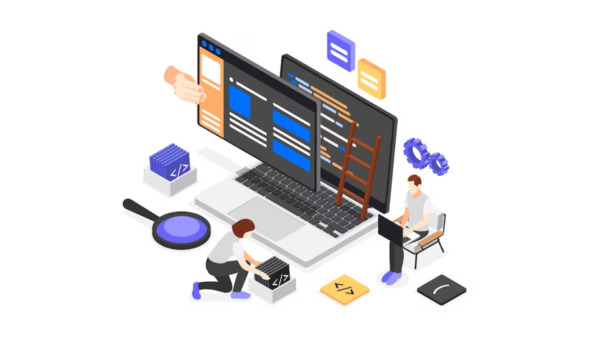
Back-end development involves building the behind-the-scenes functionality of websites and applications. Unlike front-end development, which focuses on what users see and interact with directly, back-end development deals with the server-side logic, databases, and other aspects that enable the front end to function smoothly.
Back-end developers work with programming languages such as Python, Ruby, Java, and PHP to create the logic and algorithms that power the application. They also interact with databases to store and retrieve data, manage user authentication and authorization, handle requests from the front end, and ensure that the application runs efficiently and securely.
3. Full-Stack Development
Software and applications cannot work with the front end or back end alone. Full stack development involves working on both the front-end and back-end aspects of a website or application.
In other words, full-stack developers are proficient in both the client-side and server-side technologies required to build and deploy a complete software solution.
Full-stack development includes tasks ranging from designing user interfaces and implementing features visible to users (front-end) to developing server-side logic, managing databases, and handling server configurations (back-end).
Such developers are proficient in languages like HTML, CSS, and JavaScript for front-end development and may also work with frameworks like React, Angular, or Vue.js. On the back end, they use languages such as Python, JavaScript (Node.js), Ruby, Java, or PHP, along with frameworks like Django, Express.js, Ruby on Rails, Spring, or Laravel.
Full-stack developers have a broad understanding of the entire development process, from concept and design to implementation and deployment. They can work independently on projects or collaborate with specialized front-end and back-end developers to create comprehensive solutions.
Some Other Types Of Software Development
While front-end, back-end, and full-stack are the three key types of software development. There are many other types of software engineering as well.
Let us explore some of them.
1. Web Development
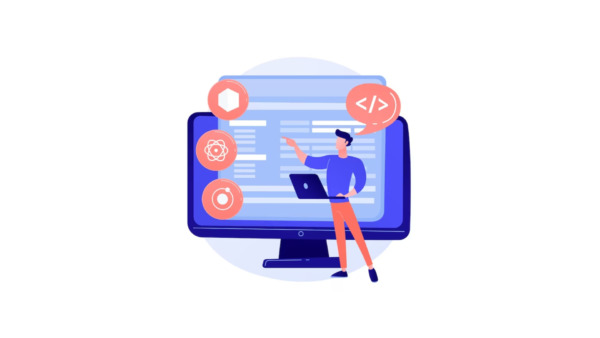
Web Development involves creating websites or web applications that users can access through the internet.
It includes aspects of both front-end and back-end development like user interface and experience, and server-side logic and database management.
2. Mobile Development
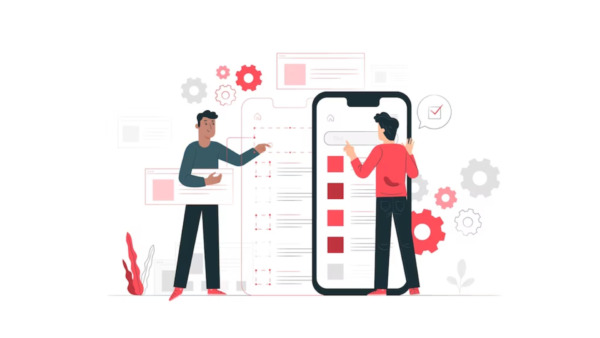
Mobile Development is the process of creating applications specifically for mobile devices such as smartphones and tablets.
It involves developing apps for platforms like iOS (using languages like Swift or Objective-C) and Android (using Java or Kotlin).
These mobile apps can range from games like Candy Crush to productivity tools like Microsoft Office.
Must Read: Kickstarter Guide To Mobile App Development
3. Game Development

Game Development entails designing and programming video games for various platforms such as consoles, PCs, and mobile devices.
It involves creating game mechanics, graphics, audio, and user interfaces.
4. Enterprise Software Development
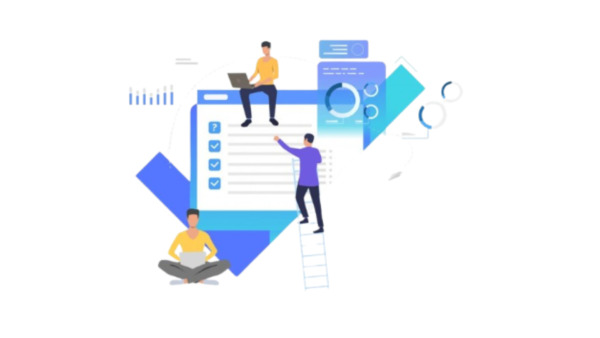
Enterprise Software Development involves creating software solutions tailored to meet the needs of large organizations or businesses. It includes applications for resource planning (ERP), customer relationship management (CRM), and enterprise resource management (ERM).
5. Embedded Systems Development
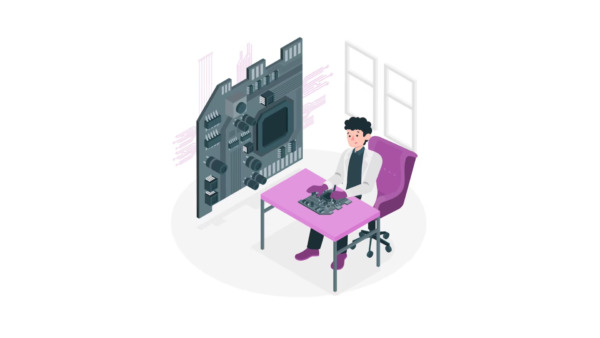
Embedded Systems Development focuses on designing and programming embedded systems, which are specialized computing devices integrated into larger systems or products. Examples include microcontrollers in automotive systems, home appliances, and medical devices. Embedded developers usually work with languages like C, C++, and assembly language.
6. Artificial Intelligence Development
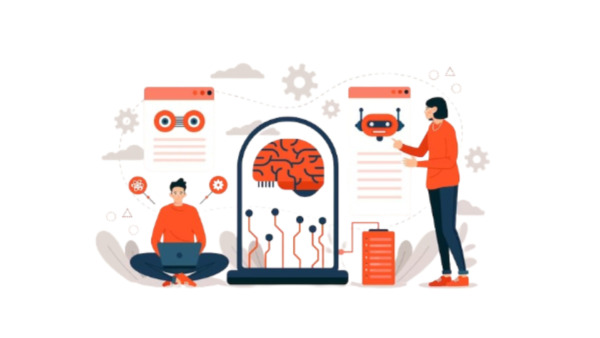
Artificial Intelligence Development involves creating intelligent systems that can perform tasks that typically require human intelligence, such as speech recognition, language translation, and image processing. Virtual assistants like Siri and Alexa, chatbots, and recommendation systems like those used by Netflix and Amazon are examples of AI development.
7. Cloud Computing Development
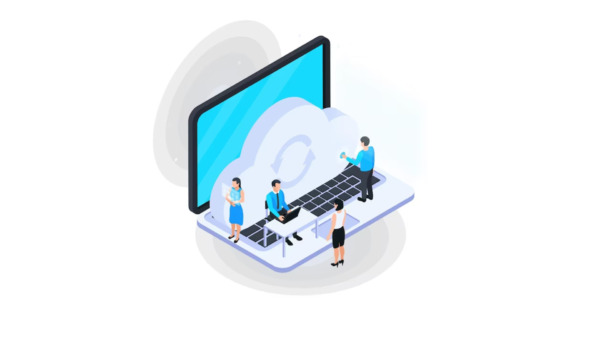
Cloud Computing Development involves building and deploying applications and services using cloud platforms like Amazon Web Services (AWS), Microsoft Azure, and Google Cloud Platform (GCP). It includes developing scalable and reliable cloud-based solutions such as web hosting, data storage, and machine learning services.
8. Desktop Application Development
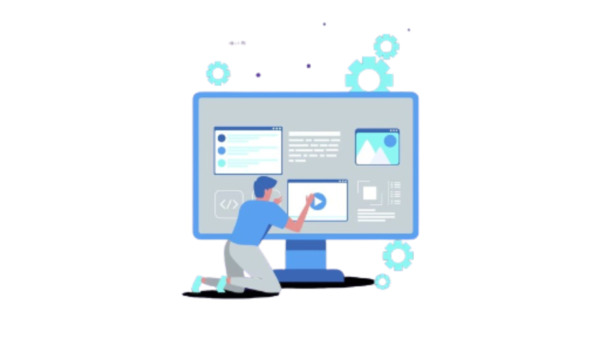
Desktop Application Development involves creating software applications that run on desktop operating systems like Windows, macOS, and Linux. Examples include productivity tools like Microsoft Office, graphic design software like Adobe Photoshop, and video editing software like Adobe Premiere Pro.
9. API (Application Programming Interface) Development
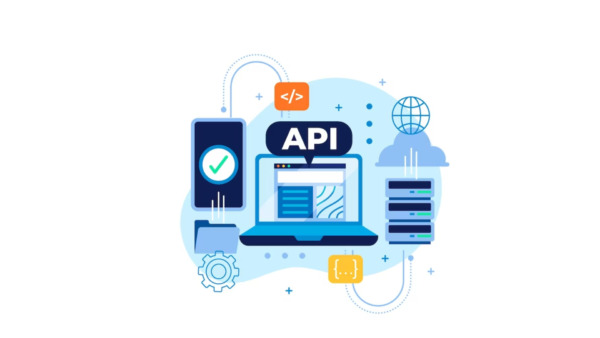
API (Application Programming Interface) Development involves designing and building APIs that allow different software systems to communicate and interact with each other.
APIs enable developers to access services and functionalities provided by other applications or platforms.
Getting Started With Software Development
With that, we have discussed what is software development, how does software development work, and the different types of software development.
While there are a lot of off-the-shelf software solutions available, if you wish to get started with custom software development, it is time to work with a dedicated software development company like SynergyTop. With over a decade of experience, we have offered software development services to hundreds of clients from a wide range of industries across the world.
Schedule a free consultation with our software developers to understand what type of software development you need and get started today.


